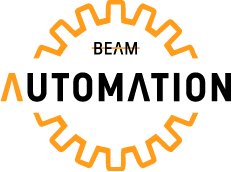Staying ahead means working smarter, not harder. That’s where BEAM Automation comes in. As one of the only agencies in Melbourne, Australia, specialising in end-to-end business CRM automation.
Why Your Business Needs a Customer Journey Process A well-defined customer journey process is essential for driving sales and marketing efficiency while keeping your customers engaged throughout their buying cycle. By mapping out each stage of the journey—from awareness to decision-making—you can create a seamless experience that guides customers naturally toward a purchase.
5 Free Ways to Double Customer Engagement Using Your Existing CRM Are your customers slipping away or not engaging as they should be? It can be concerning to see this happening, but the good news is that you don’t need new software or a bigger budget to turn things around.
3 CRM Hacks to Drive Sales This Week Without New Leads Struggling to hit your sales targets? You don’t need a bigger marketing budget or a flood of new leads to boost revenue. Your existing CRM is a goldmine of untapped opportunities, waiting to be activated. At BeamAutomation.au, we’ve helped Australian businesses with $1M+ turnover unlock immediate sales using simple CRM strategies—no new leads required.
Customer Relationship Management (CRM) systems are no longer just a nice-to-have; they are now essential. They can manage your entire business, serving as a single source of truth for your customers, sales, marketing, operations, admin, and more. They’ve evolved into powerful platforms that leverage AI and automation to streamline workflows, personalise customer interactions, and drive better results.





